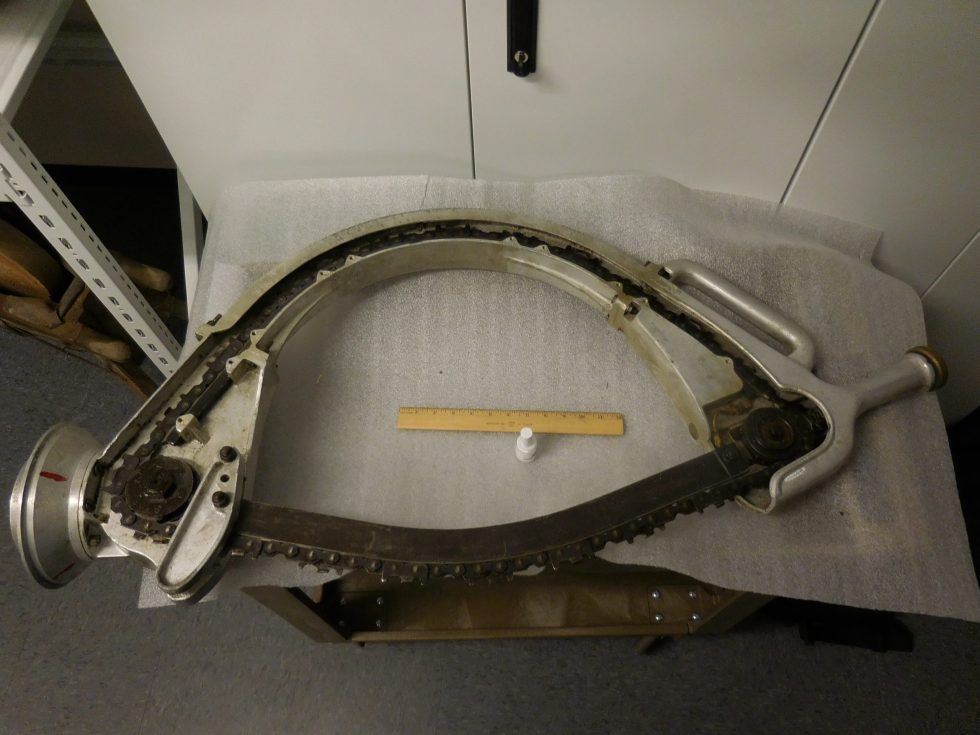It is winter in North-Central Pennsylvania; it is cold and the ground is covered in snow. The men of the Civilian Conservation Corps didn’t get snow days. They were out working year-round and needed winter clothes that kept them warm but also allowed them to perform their duties.
Ernest Wilson spent two winters in the CCC: the first at Camp S-133 Hammersley Fork where he was stationed from October 1934- June 1935, and the second at Camp S-122 Two Mile Run from July 1935- March 1936. His winter clothes are on display in the PA Lumber Museum’s main exhibit.

Similar clothing is depicted in the painting, “CCC Boy, Winter Costume” painted by Pennsylvania-born artist Sterling Smeltzer; currently in the collection of the Smithsonian American Art Museum.

Sterling Smeltzer was born in Williamsburg, PA in 1908. He attended Carnegie Tech (now Carnegie-Mellon University) in Pittsburgh where he studied engineering and structural design and art. He graduated in 1931- right into the Great Depression. The Roosevelt administration created several programs that commissioned public art to employ out-of-work artists during this time. The first, The Public Works of Art Project (PWAP), was run by the US Treasury Department and was short-lived, lasting only from December 1933 to June 1934. Smeltzer was commissioned to paint a mural in the Altoona, PA post office for the PWAP, but this mural is currently unaccounted for. He was also commissioned to paint a post office mural in Willoughby, OH in 1938 that has also unfortunately been lost to time.
“CCC Boy, Winter Costume” was most likely painted by Smeltzer as part of the CCC Art Project that was operated by the US Treasury Department’s Section of Painting and Sculpture, 1934-1937. As part of this program, artists were assigned to CCC camps to create art as a reflection of the life and accomplishments of CCC enrollees.
During his time in association with the CCC, Smeltzer was tasked with putting together an exhibit in a new museum located in a CCC-built structure situated in the CCC-developed Hawks Nest State Park in West Virginia. Smeltzer created several original paintings to help fill-out the exhibit. This small museum has been moved from the original CCC building, but reproductions of the paintings (displayed to preserve the originals) can be be viewed at the Ansted Culture and History Museum.
Sterling Smeltzer is listed on various websites as a “WPA” artist, but does not appear to have worked for the Federal Arts Project of the Works Progress Administration (WPA). It seems to be a common mistake to label any artist who made art for the Federal Government during the Depression as a “WPA” artist. After the Depression, Smeltzer went on to work for Curtiss Aircraft in it’s industrial arts section. He eventually retired from North American Aviation and passed away in 1982. He is buried in Altoona.

Here are some images of CCC enrollees from Camp S-87 Ole Bull preforming winter work in 1936. These men working in the snow made sure to bundle up in their CCC-issued winter clothing.



























































